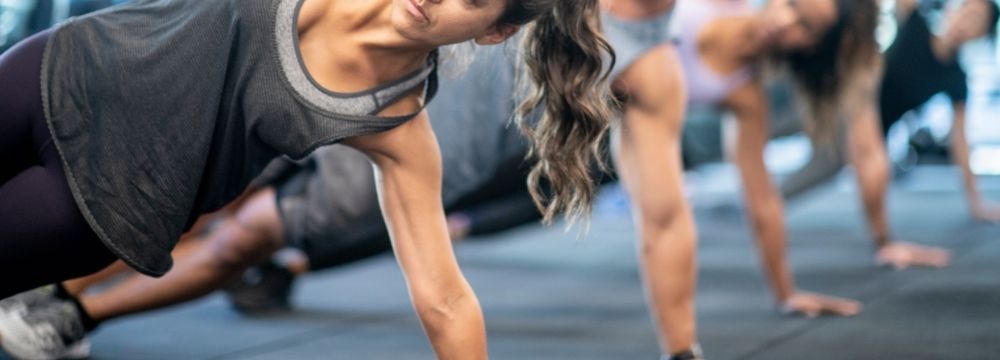The Importance of Core Strength How to Get and Maintain It

Many fitness gurus talk about core strength as the key to getting into better shape. And while for some, this may conjure ideas of a flat stomach with washboard abs, the importance of a strong core is far greater than just the cosmetics. Your core involves the front, sides, and back of the central part of your body. The muscles in these areas work in unison to stabilize your spine, take pressure off the joints, and allow you to perform everything from intense activity to minor chores around the house.
However, when we go to the gym or work out at home, we often only focus on the muscles that everyone looks at first, our arms, legs, or chest.
Ignore the Core at Your Peril
Before we discuss strengthening your core, it is essential to understand the consequences of not having strong core muscles. As mentioned above, these muscles are critical to improving stability. As youngsters, we can often compensate for a weak core with strength in other parts of our bodies, but this compensation becomes less effective and more damaging as we get older. Elderly patients, most significantly, need to maintain core strength to keep their balance and reduce the risk of falls, which can be catastrophic as we get older.
Core strength can also slow wear tear on our spinal joints and discs. Along with sufficient hydration, a proper diet, and regular exercise, there’s no reason why patients can’t get into their later years with minimal back and joint pain, even if they have been performing strenuous activities their whole lives.
How to Exercise the Core
Most patients find that core exercises are surprisingly easy and, in a way, rather enjoyable. And many of these activities do not require much movement, do not require weights, and have no significant impact on the joints. The most prescribed core exercises include:
- Reverse crunches
- Leg raises
- Superman pose
- Glute bridges
- Planking
More generally, practicing yoga and Pilates can rapidly increase your core strength, and you often have an instructor as your guide to proper form.
If you are experiencing back issues and have not addressed your core strength, visit your primary care physician or orthopedic surgeon to see if physical therapy may be a good option. Most patients find that a short course of physical therapy often reduces or even eliminates pain in their lower back. Beyond physical therapy, a focus on health and wellness in improved diet and exercise is key to losing weight and improving overall health.
The Bottom Line
Most patients do not need to live with chronic lower back pain as it is often related to supportive musculature in other areas of the body, including their core. Spending just a few minutes a day addressing core strength can do wonders for long-term back health and pain relief. However, your doctor or physical therapist should clear you for exercise to ensure that any existing injury is not aggravated.


 ES
ES